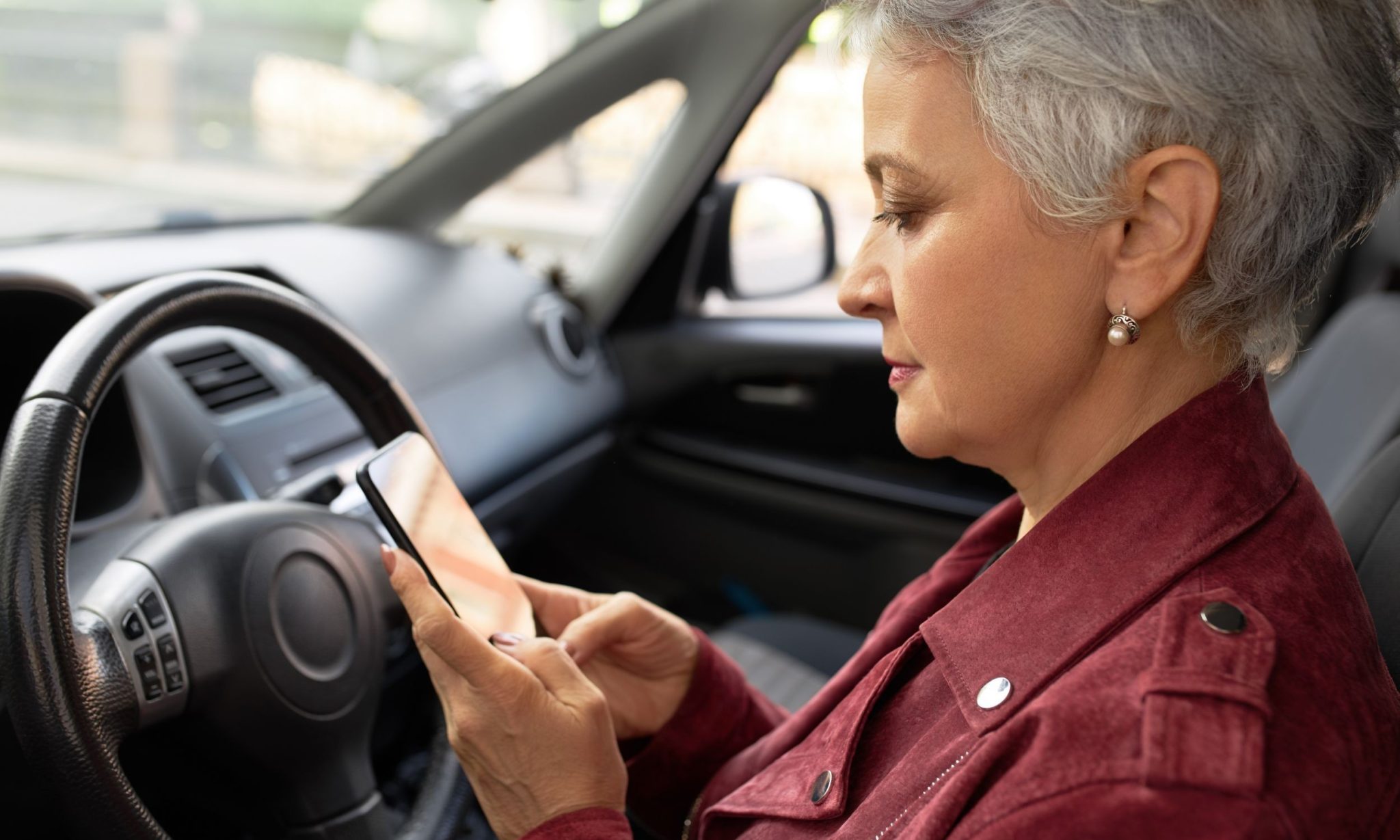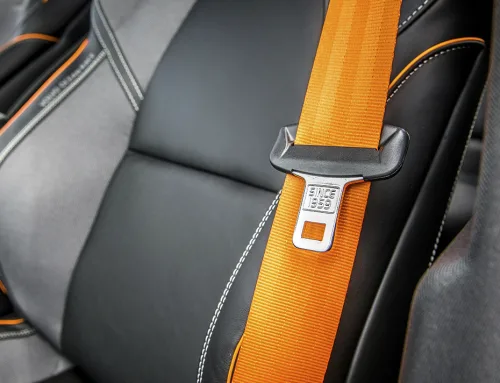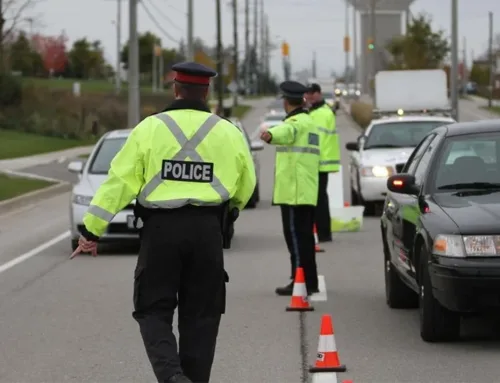Using a mobile phone while driving in Ontario can result in serious legal and financial repercussions. The laws concerning handheld devices are designed to reduce distracted driving and improve road safety. It is essential to stay informed about current regulations, potential fines, and the various ways law enforcement monitors driver behavior. By understanding these factors, drivers can make more informed decisions and avoid unnecessary penalties.
Below is a comprehensive guide that explains the legal framework, penalties, and additional implications of driving using a mobile phone in Ontario. This information is crucial for anyone looking to maintain a clean driving record and remain safe on the roads.
Understanding Mobile Phone Laws for Drivers
Ontario’s laws on handheld devices are covered primarily by the Highway Traffic Act. These laws prohibit drivers from holding or using any device capable of receiving or transmitting data, such as a smartphone, GPS unit, or tablet. Even picking up your phone to check the time can potentially be considered an infraction. Key points include:
- Handheld Devices: Drivers are not allowed to hold a phone for any purpose, including texting, dialing, or checking notifications.
- Hands-Free Systems: Hands-free systems (e.g., Bluetooth) are permitted.
- Exemptions: Some exceptions exist in emergency situations, such as calling 911 to report a hazard. However, it is best to pull over safely before using any device.
These regulations apply to all vehicles on public roads, from personal cars to commercial trucks. Ensuring compliance can help you avoid being charged under the distracted driving provisions in Ontario.
Why Using a Phone While Driving Is Dangerous
Using a mobile phone while operating a vehicle significantly reduces a driver’s reaction time. Being physically and mentally engaged with a phone, even for a few seconds, can divert attention away from the road, traffic signs, and potential hazards. Among the most common risky behaviors are:
- Texting While Driving: Composing or reading a text message diverts a driver’s eyes and mind from the roadway.
- Dialing Calls: Searching contacts and manually dialing, even briefly, can result in slower reflexes.
- Checking Notifications: Glancing at social media alerts or emails may seem harmless, but it can lead to missed traffic signals or sudden braking by other vehicles.
Statistics consistently show a correlation between handheld device use and collisions. Accident records across Ontario indicate that distracted drivers are more likely to be involved in rear-end crashes, lane deviations, and collisions involving pedestrians.
Fines for Using a Mobile While Driving
Ontario has introduced stringent fines for those who violate handheld device laws. The penalty amounts can increase with each subsequent offence, reflecting the province’s firm stance on road safety.
To clarify what’s the fine for using a mobile while driving, below is a general table showing possible fines and associated increases:
|
Offence |
Minimum Fine (Out of Court) |
Maximum Fine (Court Conviction) |
|
First Conviction |
$615 |
Up to $1,000 |
|
Second Conviction |
$615 |
Up to $2,000 |
|
Third Conviction & Beyond |
$615 |
Up to $3,000 |
While the minimum fine often applies to out-of-court settlements, higher penalties may be imposed if the case is contested and the driver is subsequently found guilty in court.
What is the Fine for Using a Phone While Driving
Drivers frequently wonder what is the fine for using a phone while driving. As shown in the table, a first offence typically starts at $615 if you decide not to challenge the ticket and settle out of court. However, if you appear in court and the judge finds you guilty, the fine can be higher.
What are the Penalties for Texting and Driving
People also ask what are the penalties for texting and driving, particularly as texting is one of the most common forms of distracted driving. Texting involves looking at and manipulating your phone’s screen, which can lead to the same fines outlined above. Additionally, the legal consequences may include demerit points and possible licence suspensions, especially for novice drivers under Ontario’s graduated licensing system.
Licence Points & Driving Bans: What to Expect
In Ontario, driver’s licences operate on a demerit point system. The number of points you accumulate directly impacts the severity of administrative penalties. When charged with using a handheld device:
- Demerit Points: A fully licensed driver (Class G) generally receives three demerit points for a first conviction of distracted driving. This point count can rise with subsequent offences.
- Suspension: New drivers holding a Class G1, G2, M1, or M2 licence risk a 30-day licence suspension for a first conviction, escalating to longer suspensions for repeated offences.
- Driving Bans: Repeated violators can face driving bans when demerit points accumulate or if a court decides to impose a suspension.
These penalties underscore the province’s goal to curb mobile phone use behind the wheel. Maintaining a responsible driving record helps you avoid expensive fines and licence suspensions.
Legal Consequences for Using a Mobile While Driving
It is crucial to understand what is the penalty for driving using a mobile phone in legal terms. Beyond the initial fine, suspensions and demerit points, offenders might experience:
- Court Appearances: Challenging a ticket may lead to multiple court dates, costing time and potentially higher legal fees.
- Criminal Charges: If distracted driving results in bodily harm or fatality, charges can escalate from a traffic violation to more serious offences.
- Permanent Record: Certain convictions may remain on your driving record for several years, influencing future insurance and employment opportunities.
In Ontario, law enforcement agencies actively work to reduce road incidents by issuing strict punishments for handheld device violations. Repeated convictions can indicate a pattern of irresponsible behavior, leading to harsher penalties by the courts.
How Police Enforce Mobile Phone Driving Laws
Ontario law enforcement employs several tactics to identify and ticket drivers using their phones:
- Patrol Spotting: Officers often watch for drivers who appear distracted or are visibly holding devices.
- Unmarked Vehicles: Police sometimes use unmarked cars to catch unsuspecting drivers engaged in texting while driving.
- Public Tips: Citizens can report reckless driving, which may prompt follow-up investigations.
- Targeted Blitzes: Authorities periodically conduct dedicated “distracted driving blitzes,” focusing on busy roads or highways to catch offenders.
Because drivers frequently question what’s the penalty for using phone while driving, enforcement intensity is a key factor. Quick detection methods give law enforcement the ability to issue immediate tickets, reinforcing the province’s zero-tolerance approach.
Ways to Avoid Mobile Phone Distractions While Driving
Staying safe and penalty-free requires practical strategies to minimize phone use:
- Use Do Not Disturb Mode: Many phones allow you to silence alerts while driving.
- Plan Ahead: Input your GPS destination before you start driving.
- Pull Over: If a call or text is urgent, find a safe place to pull over instead of juggling your phone on the go.
- Stow Your Phone: Keep your device in the glove compartment or a bag to avoid temptations.
- Hands-Free System: If you must take calls, a built-in or properly mounted hands-free system can help reduce distractions.
By implementing these measures, drivers lower the risk of collisions and the likelihood of receiving a distracted-driving ticket.
Impact of Mobile Phone Use on Insurance Rates
Insurance companies view convictions for driving using a mobile phone as a red flag. A single charge can lead to:
- Higher Premiums: Providers often raise rates for drivers with distracted driving convictions, classifying them as higher risk.
- Loss of Discounts: Good-driver discounts may be revoked, further increasing your financial burden.
- Potential Policy Cancellation: Even one conviction can result in policy cancellation or refusal of coverage, forcing the driver to seek high-risk insurance.
Maintaining a clean record not only helps you avoid the penalty for driving with a phone but also preserves favorable insurance rates.
Conclusion
Ontario’s laws and penalties related to mobile phone use while driving are strict for a reason: these regulations save lives by deterring motorists from engaging in risky behaviors on the road. The penalties range from substantial fines to licence suspensions, making it vital for every driver to understand the full scope of consequences. To avoid demerit points, court appearances, and elevated insurance premiums, never handle your phone while operating a vehicle.
If you face charges for distracted driving, it might be beneficial to seek legal guidance. Traffic Paralegal Services provides the support you need when fighting handheld device tickets or distracted-driving charges. Knowing your options can make a significant difference in preserving your driving privileges and overall financial well-being.







Leave A Comment
You must be logged in to post a comment.